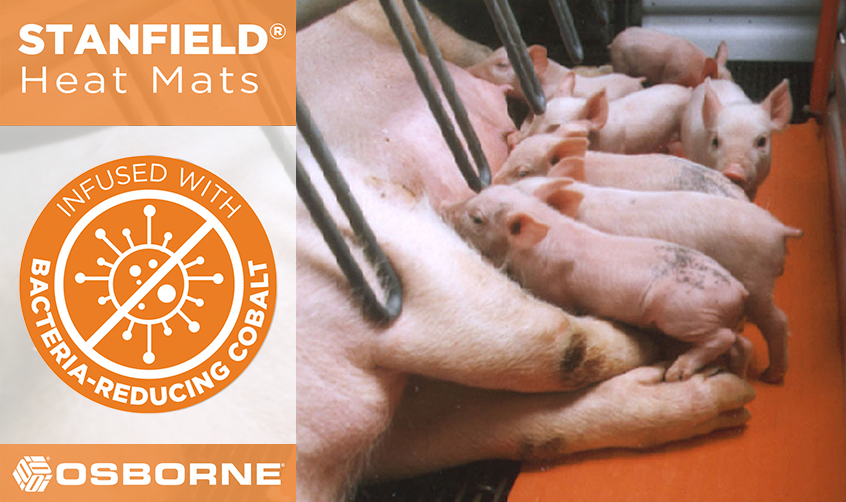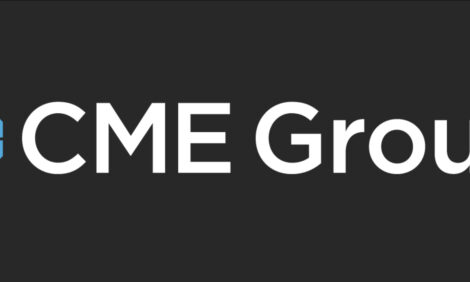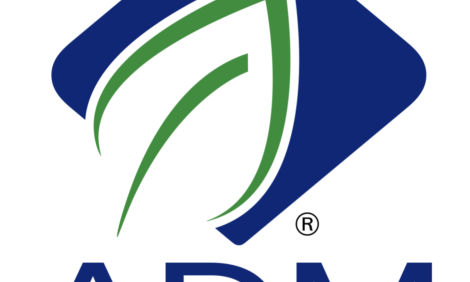



Other Sectors Should Copy Pigs, Says Welfare Committee
UK - Using a farm's own vet to carry out Real Welfare assessments exposes farm assurance to a charge of bias, according to government's Farm Animal Welfare Committee."But there is also a view," it notes, "that it represents a balance between pragmatism and purpose with the aim of improving animal welfare."
Citing the pig sector as an early adopter of welfare assessments with its Real Welfare audits, the committee calls on all assurance schemes to embrace welfare outcomes "as a mainstay of their standards".
But all changes to standards must be based on sound evidence, it warns.
In a newly-published report on the impact of farm assurance schemes on farm welfare, the committee notes producer reluctance over the introduction of Real Welfare in the pig sector, and similar measures in hen and dairy cow schemes.
And some assessors have questioned the scientific validity of some outcome measurements, it says.
But the increasing use of animal welfare outcome measures has been an important addition to assurance schemes providing "what is argued to be a more animal-focused assessment of an individual's welfare".
Whilst noting the potential difficulties of implementation of Real Welfare in the Red Tractor pigs scheme, the committee says, "We look forward to the results of these and subsequent introductions in other sectors, as well as the outcomes of the AssureWel project".
AssureWel is the RSPCA's welfare outcomes protocol and is underpinned by the same university research as Real Welfare.
"We believe that all assurance schemes should include outcome measures as safeguards that welfare gains are being genuinely made — and that welfare is not being disadvantaged — by scheme adherence," says the Farm Animal Welfare Committee.
It says protocols for welfare outcome measures have been piloted over a number of years and refinements made to ensure standardised methodology and repeatability, achieved by concentrating on a small number of key positive and negative measures, such as lameness and lying comfort in dairy cows.
As outcome measurements are introduced under assurance schemes for different species, the approach to frequency of inspection and inspector training, qualifications and competence varies, observes the report.
For example, laying hens are assessed by an external Freedom Food inspector once a year as part of its annual audit, whilst finishing pigs are assessed as part of the quarterly veterinary inspection visit by the farmer's own vet, and dairy cows are to be assessed by an external auditor once every 18 months with the farmer himself making recorded assessments every six months.
"Inspection frequency should take account of the production life cycle of animals and the welfare challenges at different stages of life," says the committee. It adds that training of vets to undertake Real Welfare pig assessments is advanced and thorough.









